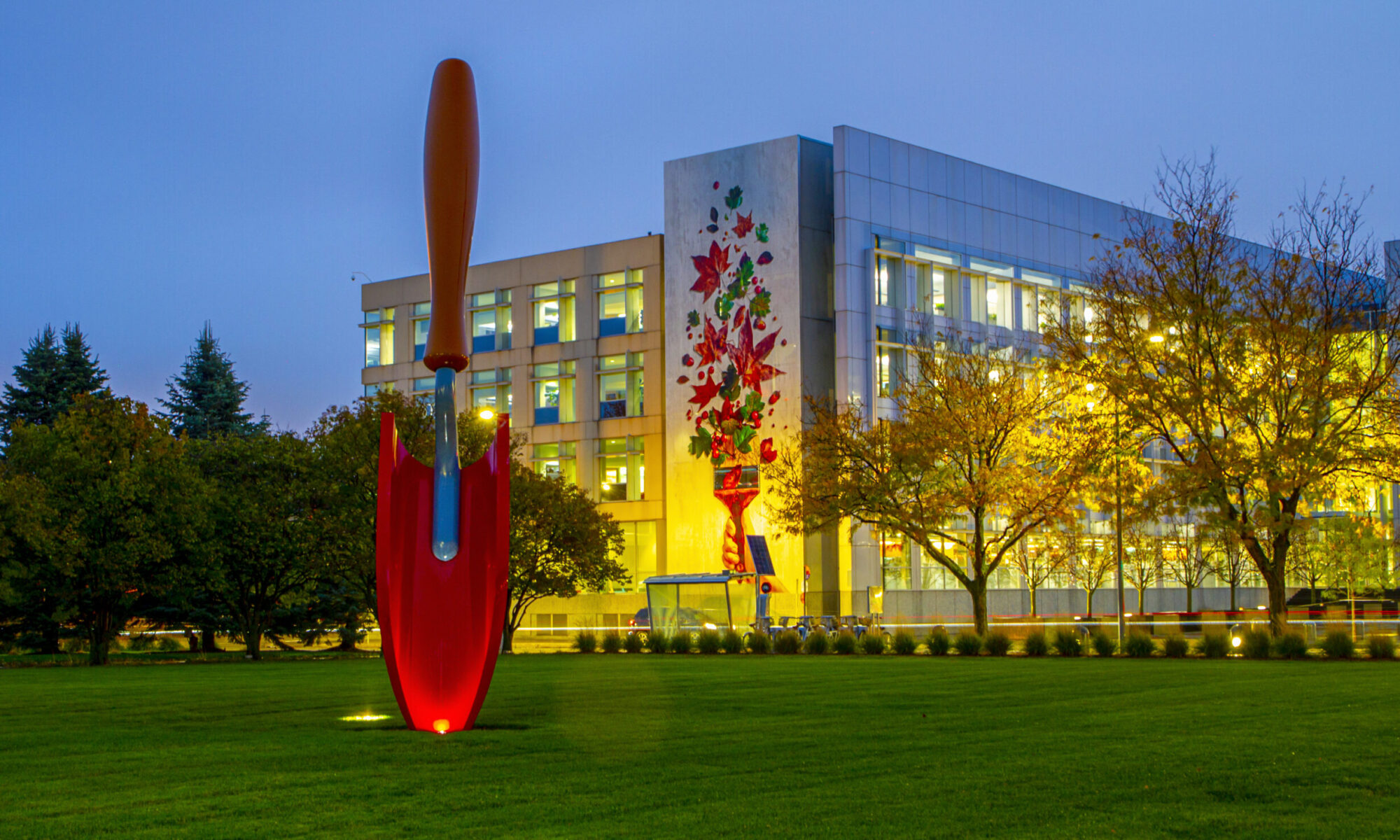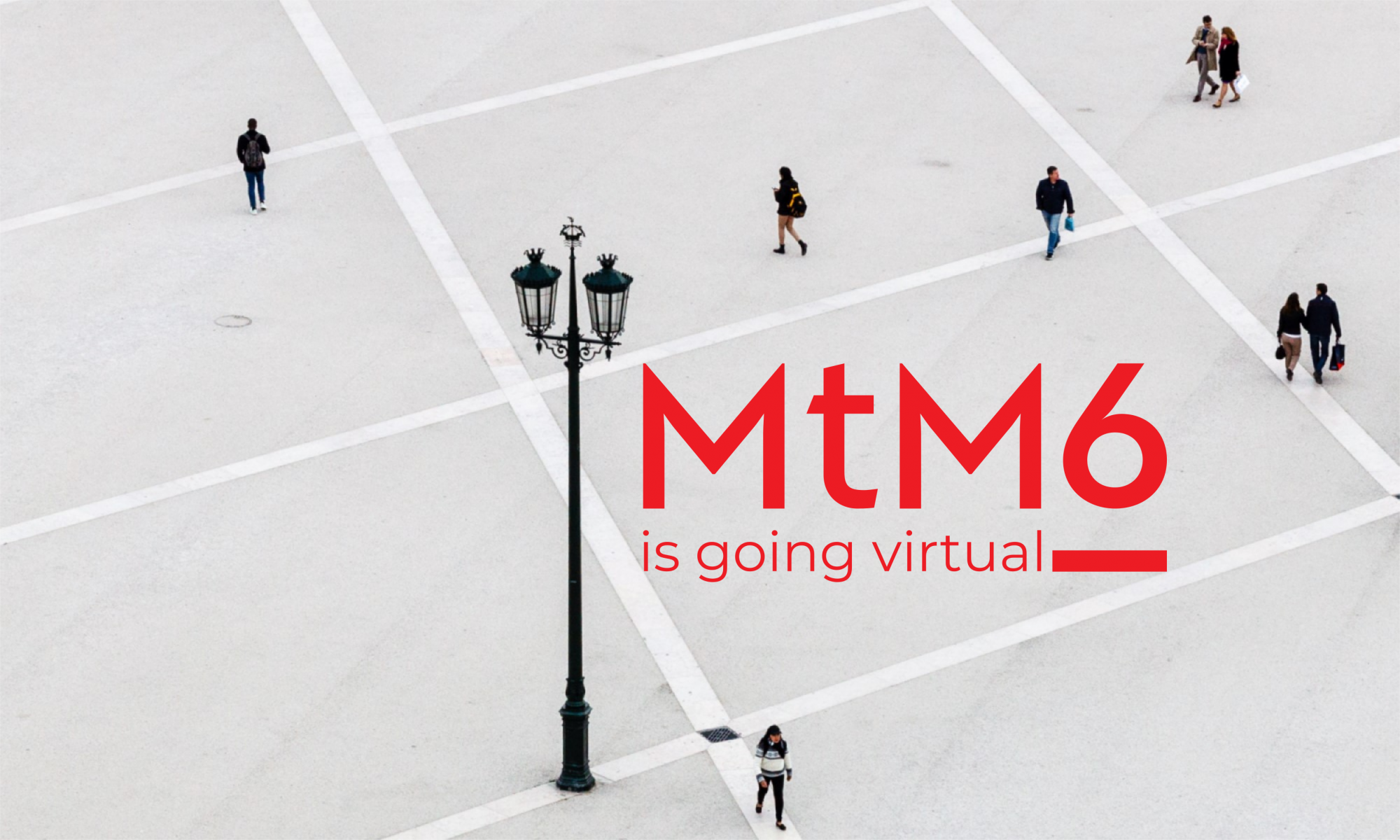Oliver Schieiding kicked off the panel with his project “Indie Magazines as Brands: Aesthetic Communication and Designing the Kinfolk Experience.”
This paper analysed Kinfolk’s aesthetics as an architecture of relations assembling visual and textual page arrangements. Current studies associate Kinfolk’s slow lifestyle with Instagram’s blend of people and photography. After the research, it was concluded how magazines offer a different global landscape since the world of Instagram, selfies and filters.
The second speaker was Jael Rincon presenting her project “Designers on the production of magazines.” In this paper Jael presents a collective case study of three magazines from Latin America – Gatopardo (Mexico); Etiqueta Negra (Peru); and El MalPensante (Colombia), to examine the role of design and designers in the production of magazines.
After conducting interviews with editors and designers of the three magazines, this paper argues that contemporary magazine develops a printed and digital identity. In
their print version, these magazines provide the reader with an experience. They smell and feel the texture of their paper, the readers are able to manipulate the magazine, and
notice their format. In their digital version, these magazines have created a set of digital products, such as web landing pages and themed videos, which are integrated with their printed issues.
The final presentation of this panel was by Maria José Mata and Carla Rodrigues Cardoso and was entitled “The Evolution of Journalistic Images in Portuguese News Magazines”. In this paper, the main features and evolution of the presence of journalistic images in Portuguese news magazines are outlined over a long period of time. It has been noted that the development of a new journalism genre- the photo-reportage -has contributed to the birth of a specific type of magazine, the illustrated news magazine.
Later this afternoon is a panel entitled “Theory and History of Magazines.”
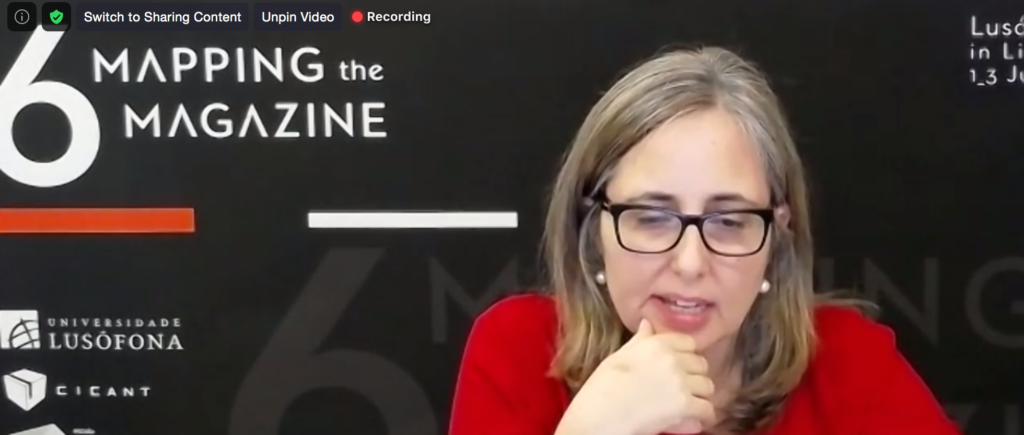
Carla Rodrigues Cardoso 
Maria José Mata 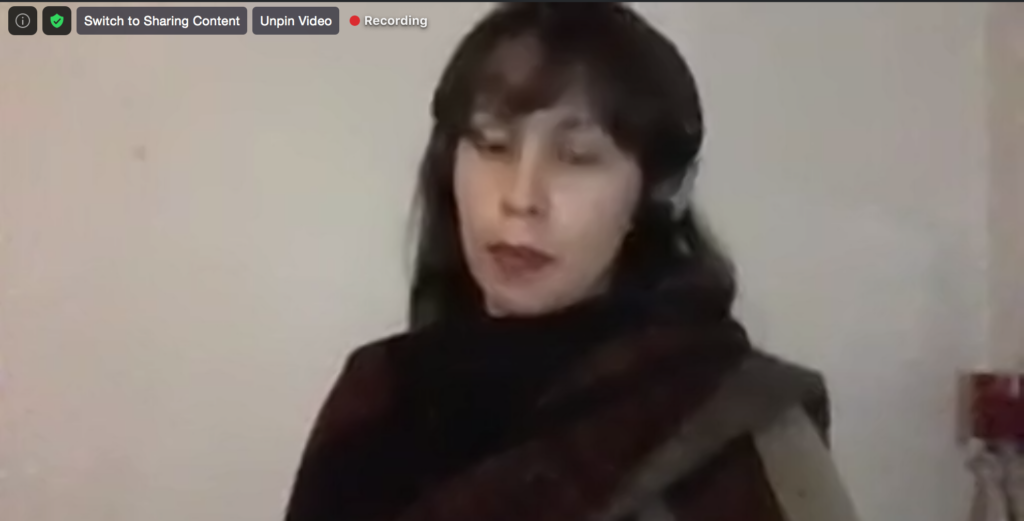
Jael Rincon 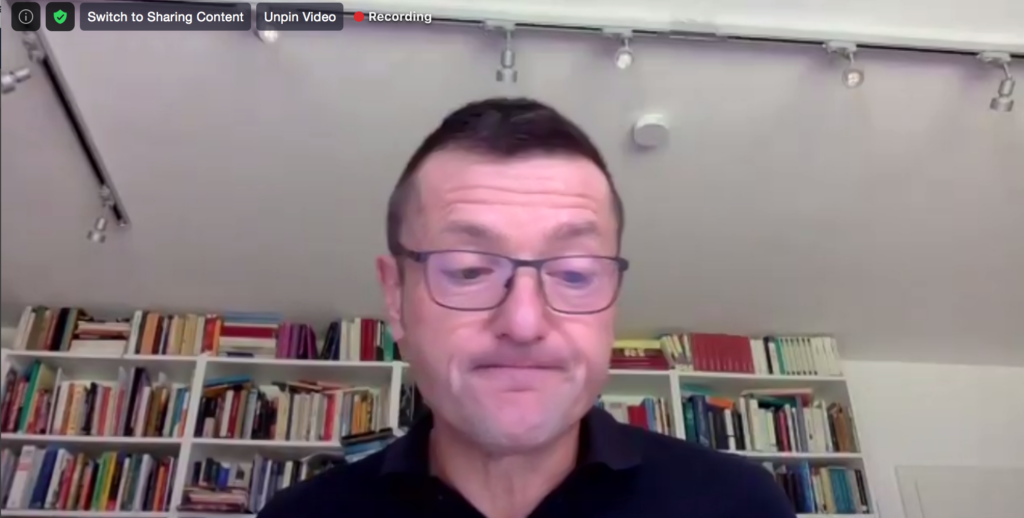
Oliver Schieiding
